Rare, polychrome fresco from the 15th century.
The oldest written references to Martial de Limoges date from the beginning of the Middle Ages. Sidoine Apollinaire, bishop of Clermont in the fifth century, affirms that Augustoritum (formerly Limoges) received Martial as bishop.
According to Grégoire de Tours, in his Historia Francorum (History of the Franks), Martial de Limoges would be one of the seven missionaries who, at the time of the persecution of Decius around 250, would have been sent to Gaul by "the bishops of Rome" to evangelize Gaul. In reality, the Histoire des Francs by Grégoire de Tours amalgamates stories of different origins, dates and values, to tell the legendary story of these seven missionaries: Martial de Limoges, Gatien de Tours, Trophime d'Arles, Paul de Narbonne, Saturnin de Toulouse, Denis de Paris, Austremoine de Clermont 1. The foundation of the first bishoprics is in fact most often known only through late and legendary local traditions which aim to prove the anteriority of one see over another2.
A first life of Martial, called vita antiquior (primitive life), is written in the 7th century by a member of the Limousin clergy, develops the story of Grégoire de Tours.
We know that the first bishop was buried in the cemetery located near via Agrippa. An abbey was built on his tomb at the beginning of the Middle Ages, a stopover on the pilgrimage route to Saint-Jacques-de-Compostelle5.
In the 1960s, excavations were carried out in Limoges on the site of the former Saint-Martial abbey, during the digging of an underground car park under the Place de la République. In the remains of a crypt, a tomb attributed to the saint is discovered as well as a mosaic from the High Empire testifying to the importance of the person buried.
During a crisis of ardent sickness in 994, the relics of Saint Martial were the object of ostensions to which contemporaries attributed the ebb of the epidemic. A few years later, at the beginning of the eleventh century, the preacher Adémar de Chabannes developed a new life of Martial de Limoges, known under the name of vita prolixior (literally “more developed life”), also called recent life3.
This recent Life was produced during the Limoges Councils of 1029 and 1031, then that of Bourges. It was widely distributed and printed editions appeared as early as the sixteenth century6. Placed among the apostles by John XIX (1024-1032), Saint Martial drains a stream of fruitful pilgrimages to the Saint-Martial abbey of Limoges and the city.
According to this widely used version, Martial would have been from the tribe of Benjamin and a close relative in a straight line of the first martyr Saint Stephen. He was born near Ramah, in a village where a church dedicated to him could still be seen in the sixteenth century. Barely fifteen years old, he would have followed Jesus Christ, whom he would no longer have left, while attaching himself particularly to Saint Peter7.
Thus Adémar de Chabannes wrote [insufficient source]: “Martial lived in Jesus' time and followed him with his family from his earliest childhood. He received the baptism in the waters of the Jordan ... / ... "Jesus took for example the little Martial in pronouncing these words:" If you do not make yourselves like this child, you will not enter the kingdom of the heavens ”(Matthew XVIII, 3). Martial is the little boy who brought the fish during the multiplication of the loaves in the desert. "
With the same aim, Adémar de Chabanne reports the story of multiple miracles.
“He followed Christ to Jerusalem where he served at the Last Supper. Previously, Jesus would have asked Saint Peter to send Martial to Gaul. With two companions, Alpinien and Austriclinien, Martial, the staff of Saint Peter in hand, set out to evangelize the people of Lemovices. On the way, Austriclinian died - we do not know what -, Martial took his stick and touched his deceased companion who resuscitated. He entered the land of Limousin through Toulx, he healed a possessed woman who was the daughter of Arnulfus as well as a young boy, the son of Nerva, who was going to perish in suffocation; the inhabitants, before the miracles performed, were converted. "[Insufficient source]
"On his way to Augustoritum he passed through Ahun where he restored sight to the pagan priests who had molested him, it was then that the demon came out of a statue of Jupiter which shattered. Martial healed a paralytic who had asked him for help. Christ appeared to Martial, ordering him to leave the city of Ahun to continue his mission: “Do not be afraid to go down to Limoges, where I will glorify you and be with you always.” Arriving in the capital of Lémovices, Martial cures a demented man in the presence of his hostess Suzanne and his daughter Valérie. But two pagan priests, André and Aurélien, imprisoned the three companions; the two Gallo-Romans were struck by lightning which killed them. Martial resuscitated them, then immediately after the two pagans confessed all their sins. After the miracle of Saint Valérie - see below - Martial resuscitated his executioner and Hildebert, son of the Count of Poitiers, who had drowned in Vienne. The three evangelizers left to convert the rest of Aquitaine, they arrived in Bordeaux where Martial healed Sigisbert, count of the city, who was paralyzed. The city was then the victim of a fire, but Martial with his stick extinguished the fire. He then left for Poitiers where Christ appeared to him, announcing the martyrs of Saint Peter and Saint Paul; some time later he reappeared to her, assuring her that he was going to die soon. Martial returned to Limoges and chose Aurélien, the former pagan priest, as his successor; the evangelizer died at a mass attended by many faithful who saw the apostle's soul rise to heaven. The first bishop of Limoges was buried outside the city; along the route of the funeral procession a paralytic was healed, the first of a long procession of sick people who would come to ask for their healing at the tomb of Saint Martial.
The portrait and the initials of Saint Martial appear on the coat of arms of the city of Limoges and it is also mentioned in the city's motto: Dieus gart la vila e sent Marsals la gent (Occitan): God keeps the city and Saint Martial the people.
The recognition of Martial as an apostle strengthens the success of the pilgrimage to Limoges. The Romanesque abbey dedicated to the Savior was one of the most beautiful churches in the south of France. The monks' library, for the most part kept at the National Library of France, is very rich, the illuminations of the manuscripts are magnificent witnesses of Roman art. The enamels produced there had immense renown in the Christian West.
From the end of the 12th century, many brotherhoods were created to honor Saint Martial and participate in his worship around his relics. The first was that of "the Luminary in front of the sepulcher", then, those "of the Oboles", that of Saint-Martial-du-Sépulcre "and the great brotherhood of Saint Martial.



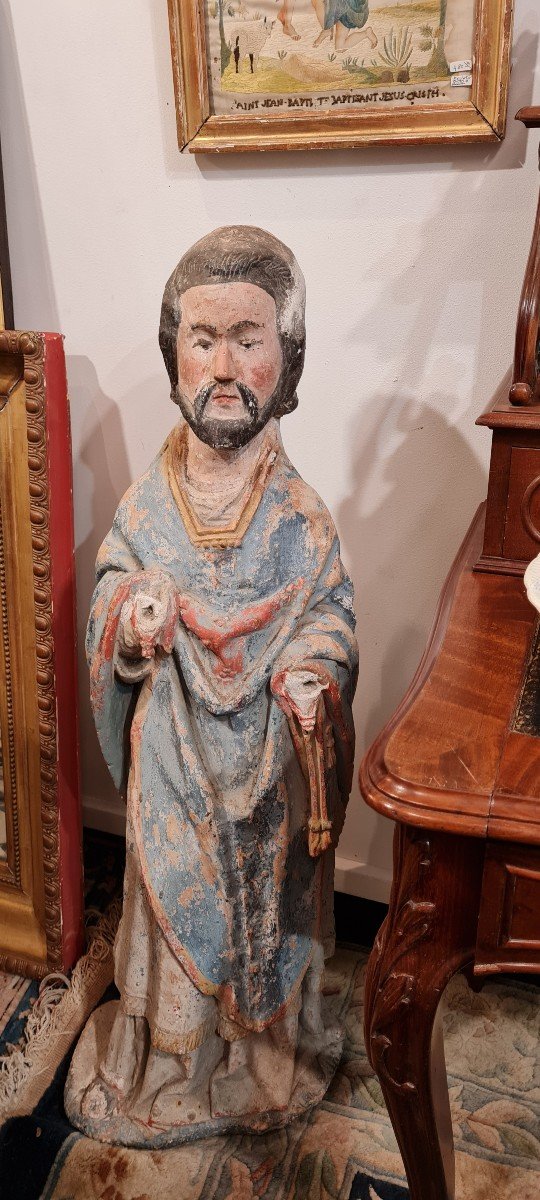


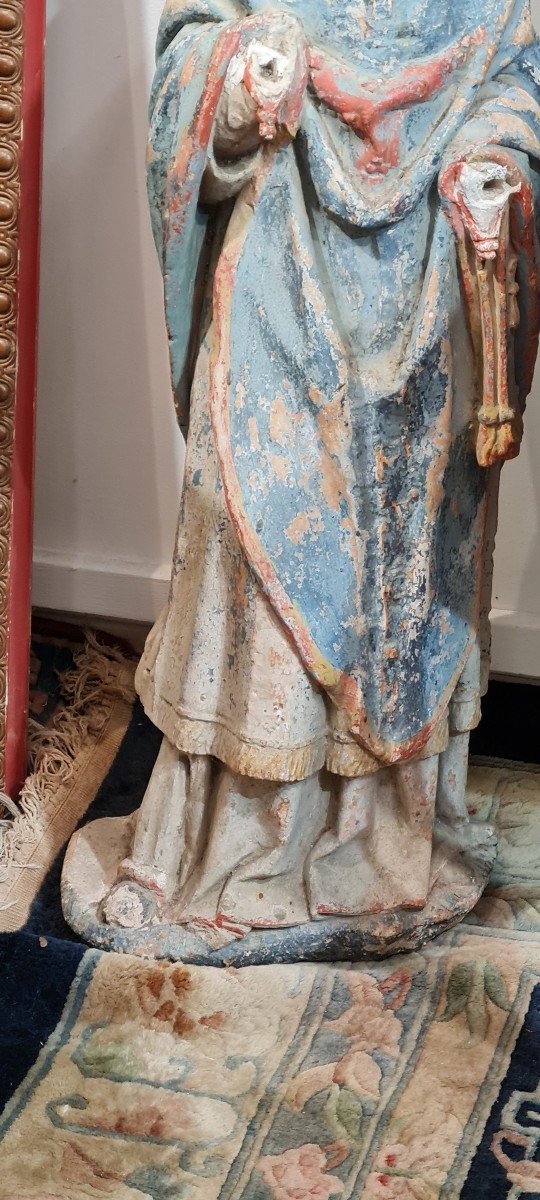
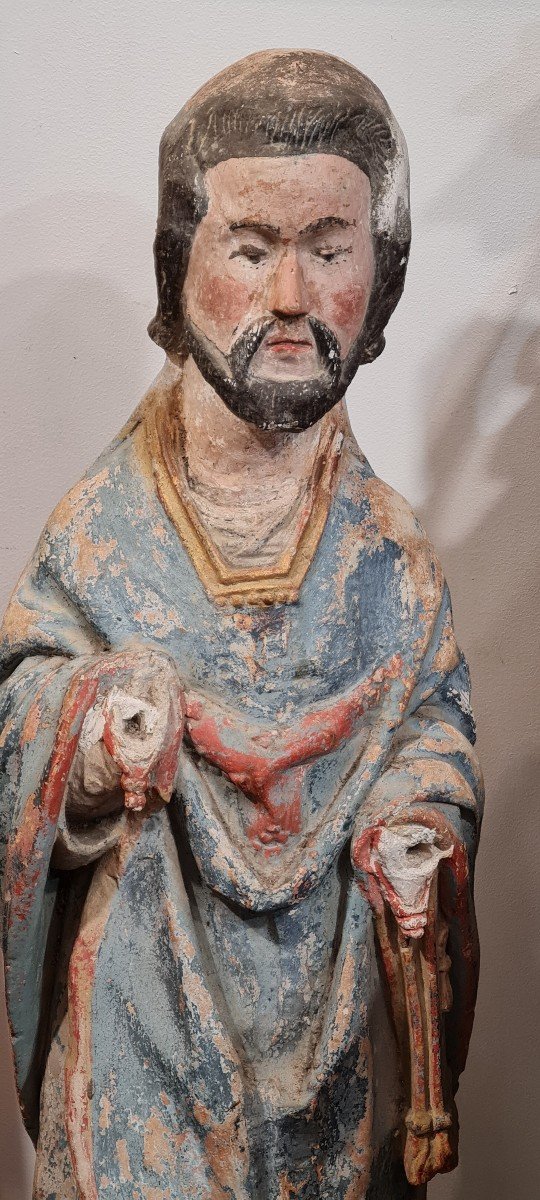









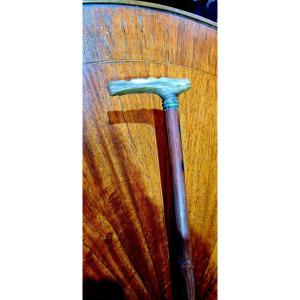



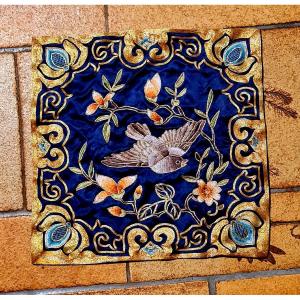
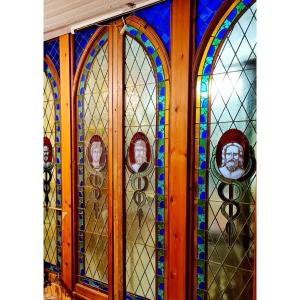
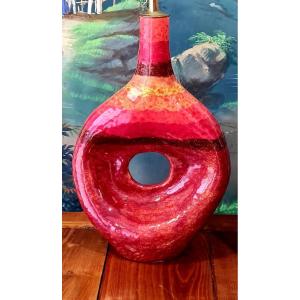

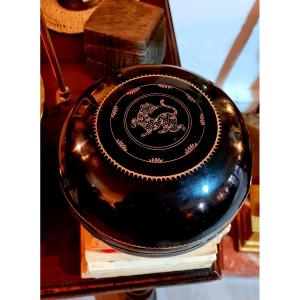
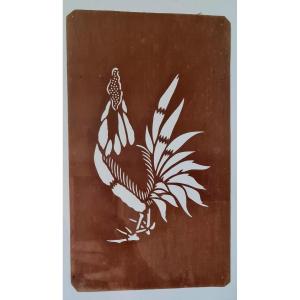


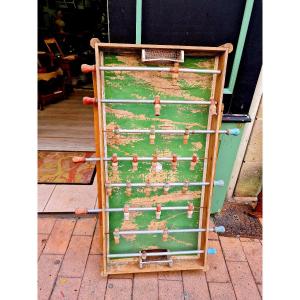


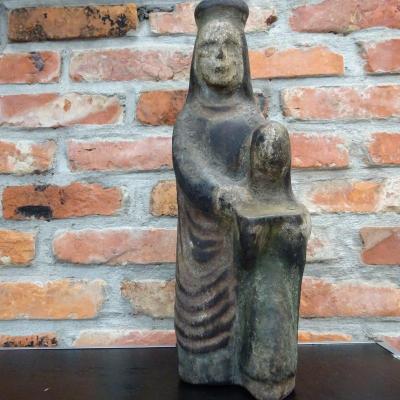

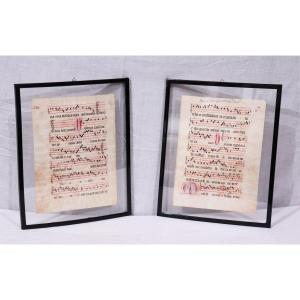



 Le Magazine de PROANTIC
Le Magazine de PROANTIC TRÉSORS Magazine
TRÉSORS Magazine Rivista Artiquariato
Rivista Artiquariato